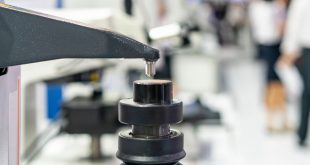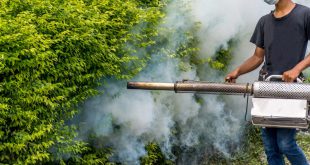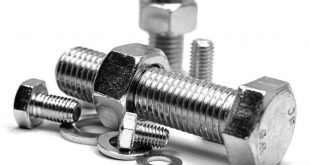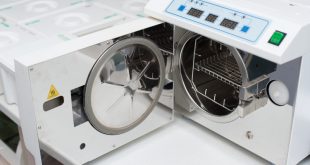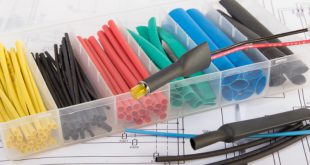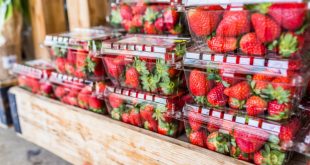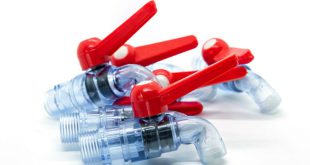Knowledge of a material’s hardness is indispensable for its proper application. In response to this need, hardness testing methods were developed, particularly over the course of the last century. However, …
Read more »Dr. Karl-Heinz Heise
The POP List: Persistent Organic Pollutants
Persistent Organic Pollutants (POPs) are organic compounds that are harmful to humans and animals and degrade only very slowly in the environment. They contaminate air, soil and water and can …
Read more »A Guide to Screws and Thread Types
Screws, Nuts, and Threads – a Brief Overview What do a toothpaste tube, a jar of jam, a water bottle, and a light bulb have in common? A screw connection. …
Read more »Sterilization Methods and Aseptic Practice
In 2011, people became ill, and some even died as a result of an EHEC outbreak—an intestinal infection caused by the enterohemorrhagic Escherichia coli bacterium. The cause was fenugreek sprouts …
Read more »HPLC – A Method for Biochemical Research
HPLC stands for High Performance Liquid Chromatography. This technique is used for both preparative and analytical separations. In biochemical research, HPLC is especially useful for preparing and analyzing substances with …
Read more »Heat Shrink Tubing – How It Works and Where It’s Used
If you need to insulate a damaged cable or install new wiring, it’s always a good idea to have a few heat shrink tubes on hand. Thanks to their adaptable …
Read more »Properties and Applications of Polyethylene
Polyethylene (PE) is one of the plastics that, thanks to its favourable material properties, has found a wide range of applications and become an indispensable mass-market material. Polyethylene – The …
Read more »Permeability and Barrier Properties of Plastics
Plastics are used in countless applications thanks to their versatile modifications and properties. They can be found in nearly every area of daily life, whether in a car, on a …
Read more »What are Food Safe Plastics?
Polymers for Safe Contact With Food and Beverages Whether as PET bottles, packaging films, or tubes and hoses in machines for processing meat, fish, poultry and dairy products, in equipment …
Read more »The Maximum Flow Coefficient of 3-Way Valves Explained
Valves are part of our everyday life – in water taps, bicycle valves, or as 3-way mixing valves in heating systems. The latter regulate the flow rates of liquids or …
Read more » Reichelt Chemietechnik Magazine
Reichelt Chemietechnik Magazine
